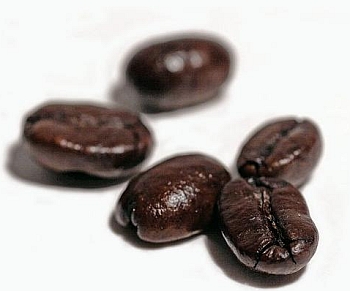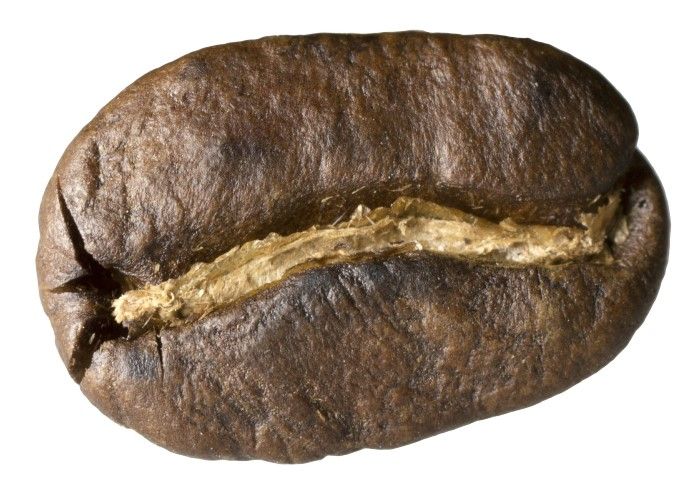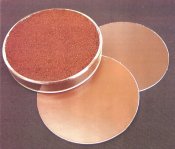What is "french roast"?
French roasts or sometimes referred to as Italian roasts are typically very dark coffees with over 20-30% of their initial weight lost. The style of coffee is typically used in espresso and espresso based drinks, since the increase in astringency/bitterness allows for the coffee flavor to 'cut 'through' the milk products. Commonly seen in cafes such as Starbucks.

What is "first crack"?
The first crack is the point in which an audible 'cracking' sound is perceived during roasting process. This occurs as pressure builds up within the internal cells and eventually burst due to the rapid expansion of water into steam. The first crack is typically seen at around 205°C (400°F) and is the point at which the beans typically double in volume and lose about 5% of their initial weight.
What is "second crack"?
The second crack is characterized by a very short endothermic phase, followed by a rapid exothermic phase, where another louder 'popping' sound is heard. At this point a second pyrolysis occurs, resulting in pressures build up within the beans cells and oils rapidly being pushed out onto the surface. This is typically seen at around 225-230°C thereby leaving most of the sucrose (sugar) in its caramelized bitter form.
What is "white coffee"?
White coffee is very light roasted coffee with almost tan-like color and rock hard texture. Some believe white coffee contains more
caffeine than regularly roasted coffee and is hence used commonly for espresso drinks, although it is seldomly used for drip coffee. In the US, the term is also used to describe coffee with a whitener added (milk, non dairy creamer).
What is "high yield" roasting?
Also known as
"fast roasting", high yield roasting is a method of roasting using very high temperature and short time (HTST). Commonly used for lower quality coffee, it produces a beverage with a higher solubles content important for the instant coffee market. Some find this coffee highly astringent due to high levels of chlorogenic acid. According to food scientists, this method of roasting improves the flavor of lower quality Robusta coffee.
What is the "Maillard reaction"?
The Maillard reaction (MRx) is one of the most important reactions occurring during roasting. MRx involves the binding of an amino acid with a sugar, resulting in the formation of a number of important flavor and colored compounds.
Examples of the Maillard reaction in other products include: toasted bread, flavor of roast meat, grilled steak, etc. The MRx is non-enzymatic which means it requires an external energy source such as heat to initialize the reaction.
Are larger beans better?
Although there is a slight correlation between bean size and beverage quality, this is not always a rule of thumb. For example,
"peaberry" beans are generally seeked out by quality demanding roasters, whereas larger
"maragogype" beans do not always guarantee high quality.
In Colombia,
"supremo" beans are usually of lesser quality than the smaller "
excelsa"1. The truth is that at higher altitudes beans grow larger, have a harder structural rigidity (eg. SHB), and roast more uniformly. When considering quality, one should always look at several other factors than just bean size.
1. Castle, T. The Great Coffee Book
What is the "Agtron scale"?
Developed by the Agtron Corporation (Reno, NV), the agtron scale is the most commonly used reference scale for roast color classification.
The scale ranges from 25 to 95 and is the measure of light reflected off roasted coffee - measured in either ground or whole bean form. The lower the number, the darker the coffee (i.e. less light reflected back) while larger numbers refer to lighter roasts. Photo below illustrates a typical color disc.
